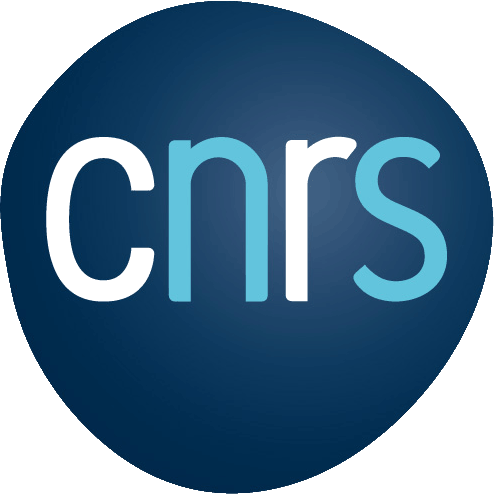Offre en lien avec l’Action/le Réseau : – — –/– — –
Laboratoire/Entreprise : LITIS Lab and INSA Rouen Normandy
Durée : 5 years
Contact : paul.honeine@univ-rouen.fr
Date limite de publication : 2023-06-10
Contexte :
Keywords: artificial intelligence, smart mobility, machine learning, computer vision, human-computer interaction, automatic decision making
Deadline for applications (via Galaxie website): 10th of May 2023
Contract duration: 5 years
After evaluation of the scientific achievements and professional capabilities of the chairholder by a tenure commission, he/she will be eligible for a full-tenure position of Professor.
Salary and human and financial resources:
In order to carry out the research and teaching projects, the Chair will be co- funded by the National Agency of Research (ANR) with an amount of 200 k€ (of which at least 120 k€ of payroll, thesis or postdoc).
The gross monthly salary is 3443.5 €/month.
Application and contacts:
First, interested candidates should send a Curriculum Vitae and a list of publications accompanied by a short cover letter to both:
– Laurent Vercouter (laurent.vercouter@insa-rouen.fr), Research contact
– Géraldine Del Mondo (geraldine.del_mondo@insa-rouen.fr), Teaching contact
This preliminary step is essential to discuss the research and teaching projects and the integration in the laboratory.
Second, they should apply officially via the Galaxie website where the position offer will be published. The selected candidates for the audition will present their project to the selection committee with the conditions specified in the invitation letter.
Evaluation criteria:
• Excellence of the candidate, motivation, supervisory skills
• Quality and originality of the research and teaching projects
• Integration of the project within the laboratory
• Ability to establish collaborative networks
Sujet :
Research activity description:
The LITIS laboratory is a research unit attached to INSA Rouen Normandie, Université Rouen Normandie and Université Le Havre Normandie. The LITIS groups lead researches in several fields belonging to the domain of computer science and applied mathematics. The scientific project of the chair will be developed in a transversal project on Artificial Intelligence for Safe and Smart Mobility involving the expertise of several LITIS teams.
This project mobilizes the App (machine learning), MIND (human-computer interaction and decision making) and STI (computer vision) teams of LITIS that contribute to the objective of safe autonomous mobility covering issues ranging from perception to decision making. At the level of perception for an autonomous vehicle, the aim is to develop efficient approaches for multi-sensor data fusion for a complete 3D mapping and semantic analysis of road scenes. The use of conventional and non-conventional imagery allows for the processing of data under adverse weather conditions. The development of statistical learning algorithms adapted to the diversity of data (structured, non-Euclidean geometric, spatio-temporal, multi-modal/multi-sensor) is another issue considered with deep architectures. Finally, coordination, control and interaction issues are also addressed through shared decision making with users and the development or learning of explainable models. On this aspect, decentralized solutions and/or including a symbolic dimension and integrating explanation interfaces are favored.
The chair will contribute to at least one of these issues, with a preference for cross-disciplinary profiles linking these teams. A detailed description of the research topics of the three LITIS groups involved is available on the laboratory web site https://www.litislab.fr/.
Teaching activity description:
The chairholder will have a teaching duty of 64 hours per year during the tenure- track period. She/He will be attached to the Computer Science and Information Technology Department (ITI, http://iti.insa-rouen.fr) at INSA Rouen Normandie. She/He will be involved in the ITI department teaching classes as well as in the preparatory cycle (STPI).
Profil du candidat :
The candidate must hold a Ph.D. thesis in Computer Science or any closely related field with the research profile of the employment, with a solid experience on Artificial Intelligence fields such as machine learning, computer vision, human-computer interaction or/and automatic decision making. Previous experiences in projects applying Artificial Intelligence for smart mobility will be appreciated. The excellence of the candidate must be reflected in a significant scientific output (publications in top-tier peer-reviewed journals, communication in top-tier peer-reviewed international conferences of her/his domain).
Formation et compétences requises :
The candidate must be able to manage research activities, to lead national and international research projects and to supervise young researchers. The candidate must demonstrate teamwork skills.
Adresse d’emploi :
INSA Rouen Normandy

